When a Canadian sniper detachment from the Princess Patricia’s Canadian Light Infantry was deployed from Edmonton to Afghanistan, they were equipped with Canadian .50-calibre rounds, which had a maximum range of up to 2,300 meters. However, they soon discovered that the U.S. rounds could fly much farther and much faster.
During Operation Anaconda in Afghanistan in March 2002, a two-man Canadian sniper team using a McMillan TAC-50 .50-calibre rifle were zoning in their target, an Al-Qaeda fighter who was walking down a road. They took their first shot and hit a bag from the target’s hand. According to reports of the incident, the target didn’t even flinch. The snipers made a quick correction, and with their second shot, they made the kill from 2,430 meters, which is almost 2.5 kilometers. The new record set at 2,430 meters was unbeaten for seven years until a British sniper make a long-distance kill at 2,475 meters.
Just a few days before this, another Canadian sniper from the same battalion made a shot from 2,310 meters breaking the long-standing record of U.S. Marine Gunnery Sergeant Carlos Hathcock, who in 1967 made a kill at 2,286 meters in Duc Pho, South Vietnam.
While the Canadian snipers would not confirm the exact number of kills made during the first Afghan War, several sources put it at around 20, and that’s a conservative number. High hit ratios were recorded by Canadian snipers but will remain anonymous.
Operation Anaconda involved a Canadian operation of 16 soldiers and 6 snipers, who were led by the United States to clear the mountains in the province of Paktiya and locate members of the Taliban and Al-Qaeda. And it was during this operation when both Canadian snipers hit new records.
Later that month, Operation Harpoon commenced to eliminate a small groups of Taliban fighters and a coalition of American and Canadian soldiers. The Princess Patricia’s Canadian Light Infantry let U.S soldiers to a hidden network of bunkers and caves occupied by the Al-Qaeda. The operation was successful with the destruction of the Al-Qaeda hideouts.
In the early part of July, the Canadian battalion relocated to the Northwest of Kandahar to establish the first coalition presence in the area. However, the Canadians started to leave Afghanistan mid-July and had a brief stop in Guam before heading home to Canada.
The Canadian sniper detachment, donned in British desert fatigues and armed with equipment from all over the world, were divided into two groups and won the respect of their American counterparts after helping to rescue paratroopers trapped by enemy fire. The United States army awarded the Canadian sharpshooters with the Bronze Star while two were given the Bronze Star with Valor for heroism and bravery in combat, the fourth highest military decoration for valor.
The Americans said they owe their lives to the Canadian’s shooting skills who were instrumental in helping the U.S. achieve their goals. The Americans agreed that their Canadian brothers-in-arms are professional who are very good at what they do because they train hard, they are mature, and are technically and tactically proficient. One American said if he was instructed to go out, he would’ve begged and cried for the Canadians to come out with them.
During a confrontation with the enemy, a Canadian soldier couldn’t get to his rifle. There was enemy fire hitting from all directions and with mortars dropping within meters both in front and behind them. They were getting hammered and then one American threw his rifle to the Canadian and said, “you know how to use this better than I do.â€
And the Canadians appreciate the acknowledgments saying the U.S. trusted them to do the job, without question.
The sniper team who hit the 2,430 meters record said that shots from that far out takes 60 percent skill and 40 percent luck, and it can take two, three, or even rounds. While a sniper usually doesn’t take so many shots, it does happen when they’re confident it won’t give their position away.
There were a few close calls though where they were almost hit by friendly fire. In one incident, the two-man Canadian sniper team were deployed to monitor an Al-Qaeda compound where Afghan fighters started filing out the building like ants. One sniper started shooting while the other called for air support. Within minutes they were in the middle of a mortar attack and air strikes carried out by B-52s, F-16s and Apache helicopters.
In another skirmish, the sniper team saw a large projectile hurtling out the sky towards them. It turned out to be a 220 kg American bomb. They hit the deck using their hands to cover their heads and prayed for the best. The bomb landed nose in some 15 meters away, but it didn’t explode. By God’s grace, it turned out to be a dud. A guy from the American 101st Airborne Division was in a trench nearby and he got up, walked over to the bomb, and kicked it.
Unfortunately, there was a tragic accident that did occur that involved friendly fire. One April evening in 2002, the Canadians were doing nighttime firing training and they were mistaken as the enemy by an American F-16 fighter jet pilot. He launched a 500 pound laser-guided bomb, which killed 4 Canadians and injured 8, who were all from the Princess Patricia’s Canadian Light Infantry. It came to be known as the Tarnak Farm incident, which were the first Canadian deaths in the Afghanistan war, and the first in combat since the Korean War between 1950 and 1953 that took the lives of 516 Canadians. An enquiry after this tragedy found the that the fighter pilot was at fault and the cause of the Canadian deaths. He was court martialed for dereliction of duty.
During a debrief, Captain. Paul Madej, the Operation Enduring Freedom chaplain, described the Canadians’ involvement in Afghanistan as well-trained, professional soldiers who, without question, walked into harm’s way and fulfilled the mission. They represent the best and they have the utmost respect.

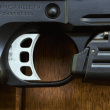
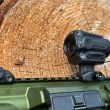
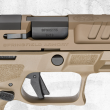
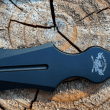
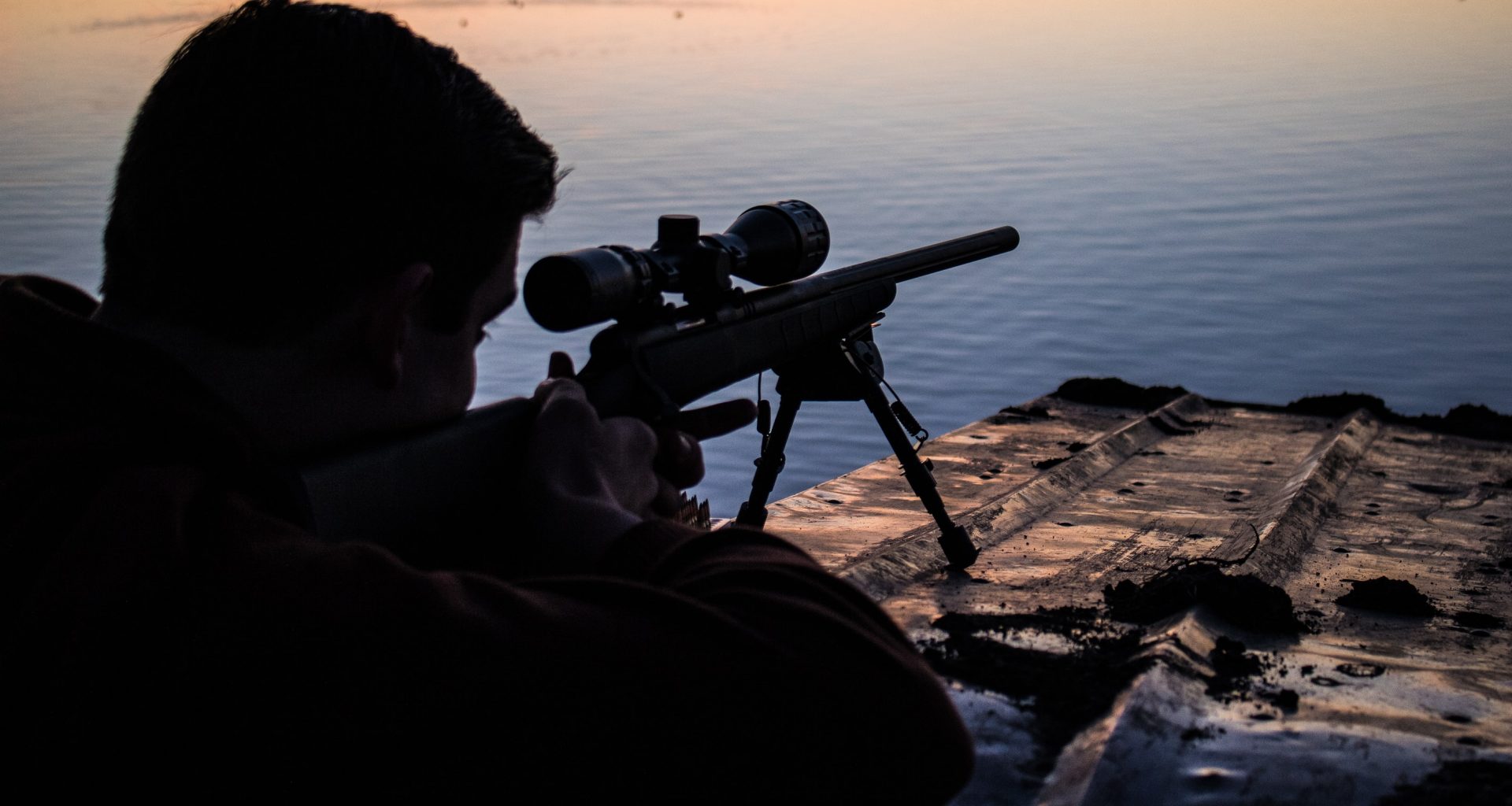

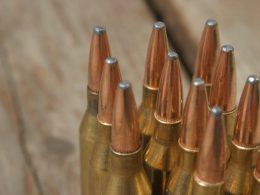
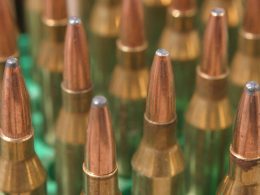
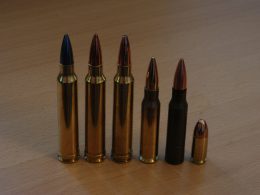

[07/20/20] The real names of both “Bill” and “James” were made public several years ago when they left the Canadian Forces. See the following Wikipedia article:
https://en.m.wikipedia.org/wiki/Longest_recorded_sniper_kills
There is also a YouTube video segment where “Bill” explains how they made their record-breaking shot.
°°°
P.S. Sniper Country you should indicate the dates when your articles are published/posted.